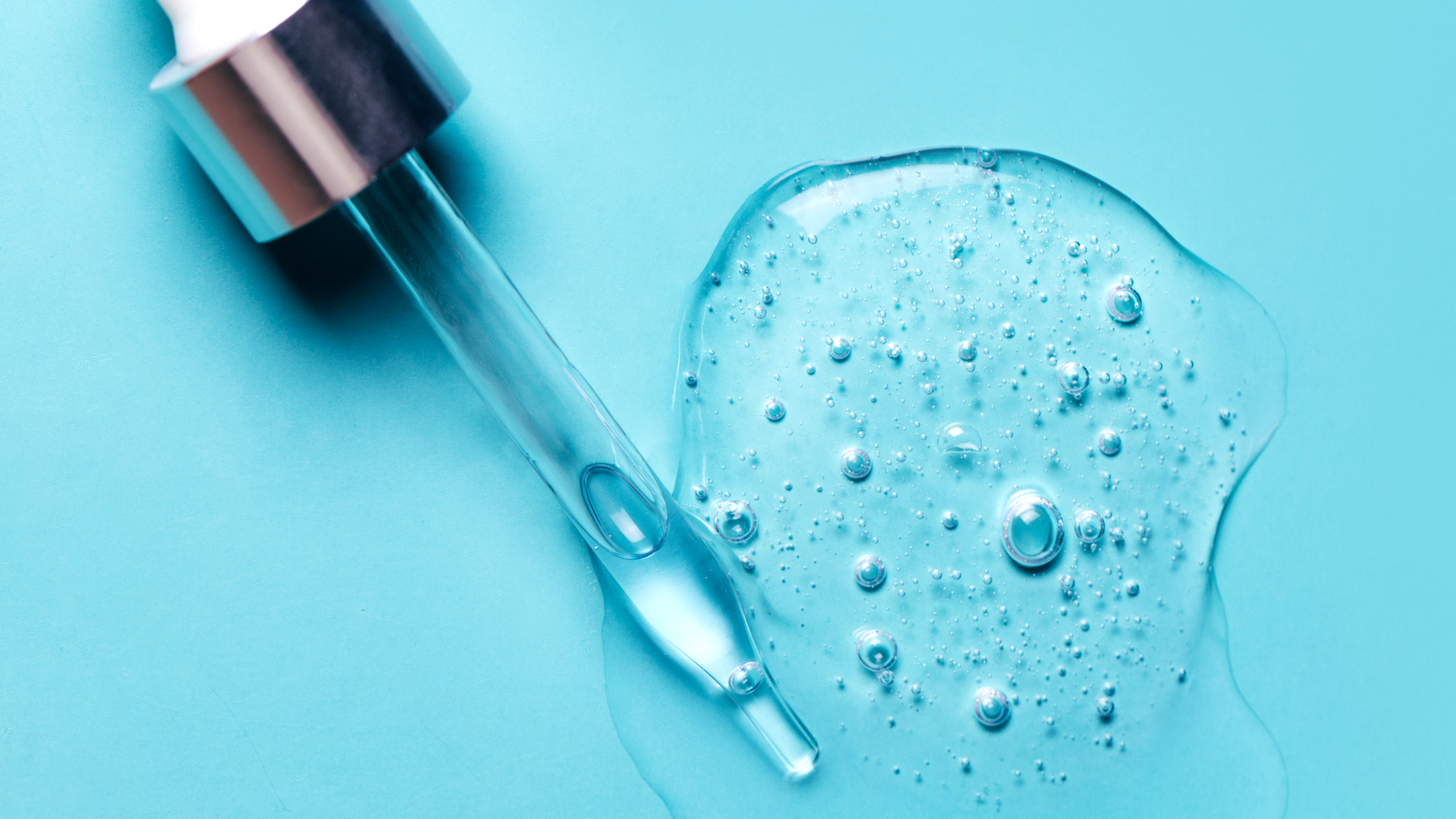Hyaluronic Acid
Hyaluronic Acid – (Sodium Hyaluronate / HA Powder)
Why we love it at The Mindful Gem
Hyaluronic acid is a deeply hydrating, skin-plumping molecule essential for maintaining softness, suppleness, and a youthful glow. Naturally present in the skin, it functions like a moisture magnet—able to bind up to 1,000 times its weight in water. Clinical studies show that topical hyaluronic acid significantly improves hydration, enhances elasticity, reduces fine lines, and strengthens the skin barrier (Dermato-Endocrinology, 2012, DOI: 10.4161/derm.21923).
At The Mindful Gem, we use biofermented hyaluronic acid powder in our serums, masks, and creams to deliver layered hydration, dewy plumpness, and long-lasting comfort, helping the complexion look luminous and replenished.
Ingredient Overview:
Hyaluronic acid is produced through natural fermentation of plant sugars, creating a vegan, skin-identical molecule with exceptional hydrating power. It comes in multiple molecular weights—each with unique benefits for penetration and moisture retention.
Parts Used & Traditional Uses:
While not a plant, HA occurs naturally in skin, connective tissue, and the extracellular matrix. Modern extraction uses eco-friendly fermentation, replacing animal-derived sources and aligning with clean beauty principles.
Skin Benefits & Mechanism:
Binds and retains water at multiple depths of the skin.
Plumps fine lines and softens texture.
Supports barrier repair, preventing moisture loss.
Enhances absorption and performance of other botanicals in a formula.
Key Benefits:
Intense hydration + moisture retention
Plumps + smooths fine lines
Strengthens barrier function
Softens + enhances radiance
Sources:
Papakonstantinou, E. et al. (2012). “Hyaluronic acid: Key molecule in skin aging and hydration.” Dermato-Endocrinology. DOI: 10.4161/derm.21923
Pavicic, T. et al. (2011). “Topical hyaluronic acid improves hydration and elasticity.” Journal of Drugs in Dermatology.
Göllner, I. et al. (2017). “HA molecular weight-dependent effects.” Journal of Cosmetic Dermatology.

